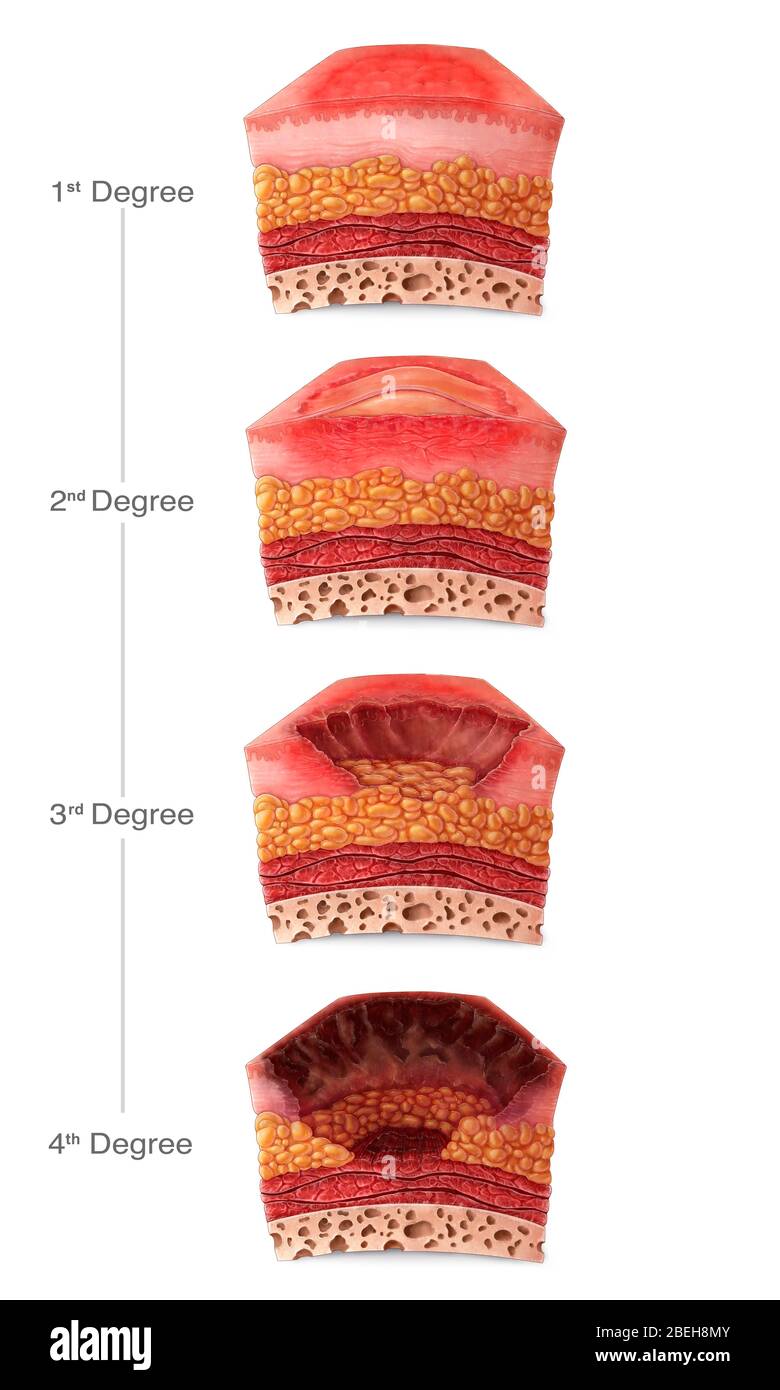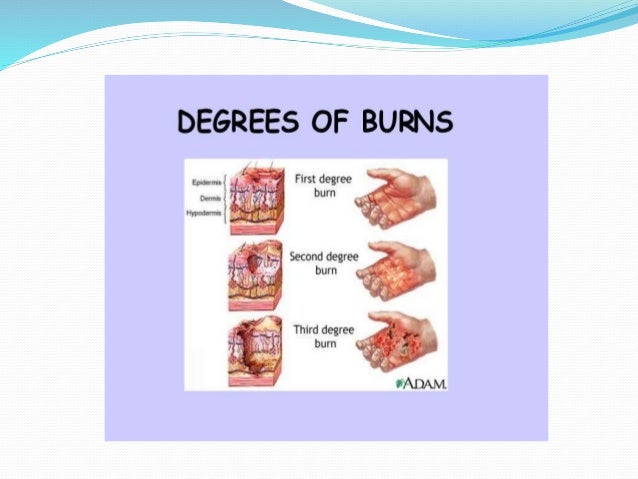

The rule of nines can also relay to a medical team receiving the patient how serious the injury is. Doctors will also use the estimated body surface area burned to determine how much fluid to administer. According to the National Institutes of Health, burns that are greater than 20 to 25 percent of total body surface area require significant intravenous (IV) fluids. This makes providing fluids vital to helping a person maintain their total body water. As a result, they’ll lose a significant amount of body water.
#2nd or 3rd degree burn skin
When a person experiences a second-degree burn or worse, the protective layer of skin is destroyed. This includes the amount of fluid replacement and degree of care a person needs. With extended hours every day and on holidays and weekends, there’s a location nearby ready to provide prompt, quality burn treatment.A medical provider can use calculations from the rule of nines in several ways. If you suffer from a first or second degree burn, FastMed Urgent Care is here to assist you. No matter what type of burn you think you might have, the key to reducing pain and infection is to treat the burn right away. Keeping the burn elevated above the heart.Removing smoldering material from burn site.Treatment for third degree burns may include: The extent of skin damage can have painful effects for months, if not years. This type of burn requires immediate treatment via 911. Third Degree Burns are the most serious and potentially life-threatening type of burns.* All charred skin layers are completely destroyed, and muscle, fat, the bloodstream, nerves, major organs, and bones may be affected.Refraining from popping blisters to avoid infection.Keeping the area away from the air by using bandages.Treatment for second degree burns may include: Most second degree burns can be treated as minor burns if the burn area is no more than 2-3 inches, but seek medical help if you feel your burn is severe. Second degree burns can heal in about 2-3 weeks depending on severity and treatment method. Sometimes the skin will ooze, swell, or appear wet when blisters burst. Second Degree Burns damage two skin layers, causing blotchy, red skin and blisters.Taking ibuprofen or acetaminophen to reduce pain and swelling.Applying burn creams, aloe vera, or antibiotic ointment.Soaking the burn in cool (not cold) water for five minutes.Treatment for first degree burns may include: The burn should heal in about 3-6 days or until the outer skin layer sheds. The area will be red, painful, and swollen, but no blisters will be present. First Degree Burns are the most minor type of burns and often can be treated at home.However, the cause of the burn does not always determine the degree of the burn. Treating First, Second, and Third Degree Burnsīurns can come from hot surfaces, the sun, gas or kerosene, liquids, open flames, chemicals, electrical accidents, and other sources. While minor burns can often be treated at home, knowing what type of burn you have will help you decide if you need to treat the burn at home, visit an urgent care center or emergency room, or even call 911 right away. According to the American Burn Association, 450,000 people require medical attention for burns each year. You know you’re going to have a nasty burn, but is it a first, second, or third degree burn? What’s the best way to treat it so you can heal quickly?īurns are categorized into first, second, and third degree burns based off the burn’s severity.

Searing pain radiates from the burn site, and blisters begin forming.

You’ve had a busy day, and without thinking you try to pick up a hot casserole pan with your bare hands. Burns 101: First, Second, and Third Degree Burns


 0 kommentar(er)
0 kommentar(er)
